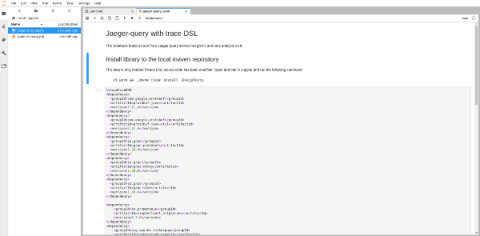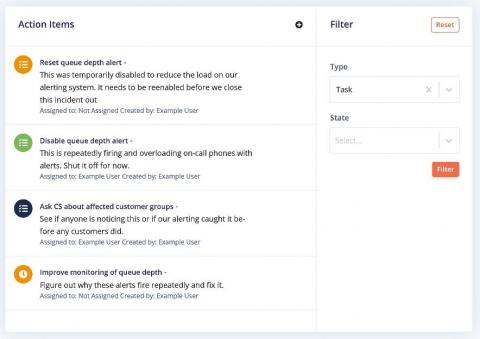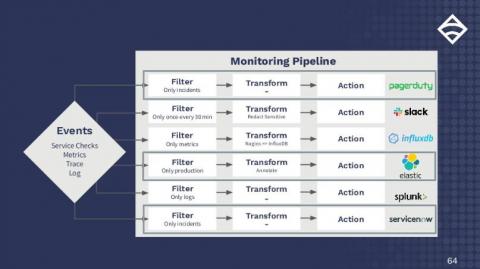Jaeger data analytics with Jupyter notebooks
In the previous blog post Data analytics with Jaeger aka traces tell us more! we have introduced our data science initiative and platform. The ultimate goal is to develop new functionality within the Jaeger project based on AI/ML that will provide new insights into our applications. This type of functionality is also referred to as AI operations (AIOps). Jupyter notebooks provide a simple user interface for experimenting with data.









